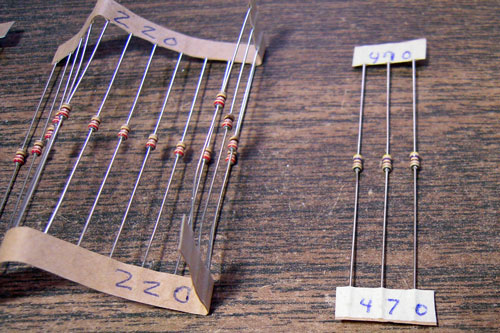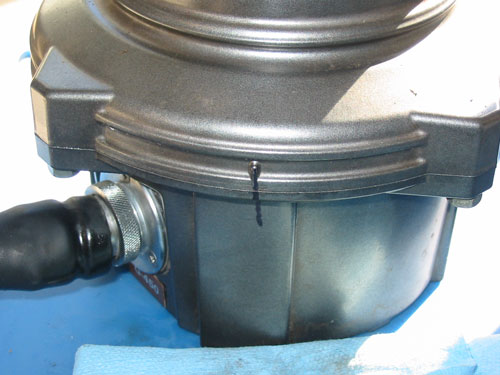MKARS80 80 Meter SSB Transceiver – Part 1
MKARS80 80 Meter SSB Transceiver – Part 1
The next project up on the bench is a unique kit from England, the MKARS80 80 meter Single Sideband Transceiver. It was designed and originally kitted by the Milton-Keyens Amarteur Radio Society, and is designed to be something inexpensive but useful for folks to get into building their own rigs. Now kitted by radio-kits, it is probably the most bang for the buck I have seen in a kit in the past couple of decades.
This project is an offshoot of the Bitx-20 transceiver, and follows the same basic scheme. The unique part is that it incorporates a frequency stabilizing scheme called a huff-and-puff circuit. This circuit works by sampling the frequency, and when a slow drift is detected, it feeds a small offset voltage to a voltage variable capacitor to bring the frequency back into range.
In addition, the rig has an LCD display to show operating frequency, battery voltage and huff/puff status. This is all driven by a small PIC microprocessor, which has the source code available, if you want to modify it.
The kit is divided into several small bags of components, with the intention of separating components that are easily mistaken for each other into separate bags. The assembly basically has you install a bunch of components of the same type in one step, to further simplify assembly. The parts are small, and I need magnifying lenses to read the color codes nowdays, but it is one of the easier kits I have seen recently.
With each bag of parts, I typically sort and identify the parts before starting.
Before the first bag has been populated, the board looks like this…
After the first bag is populated, the board looks like this (mostly resistors in the first bag)…
Bag 2 contains mostly ceramic disk capacitors. The board looks like this when finished with bag 2…
That’s all for now. I’ll post again in a few days with progress…
Migrated Comments:
2 Responses to “MKARS80 80 Meter SSB Transceiver – Part 1”







January 30th, 2018 at 9:59 pm
How does huff/puff differ from a normal PLL?
73,
KC7MMI
January 31st, 2018 at 6:40 am
Huff & Puff is like a really slow PLL. The VFO runs freely while you are tuning, then when you stop tuning for a couple of seconds, it locks in. It tends to fight you when you start tuning again, not wanting to let go. Then it does let go, and you can tune again.
It’s not as refined as a normal PLL, but the tradeoff is simplicity.